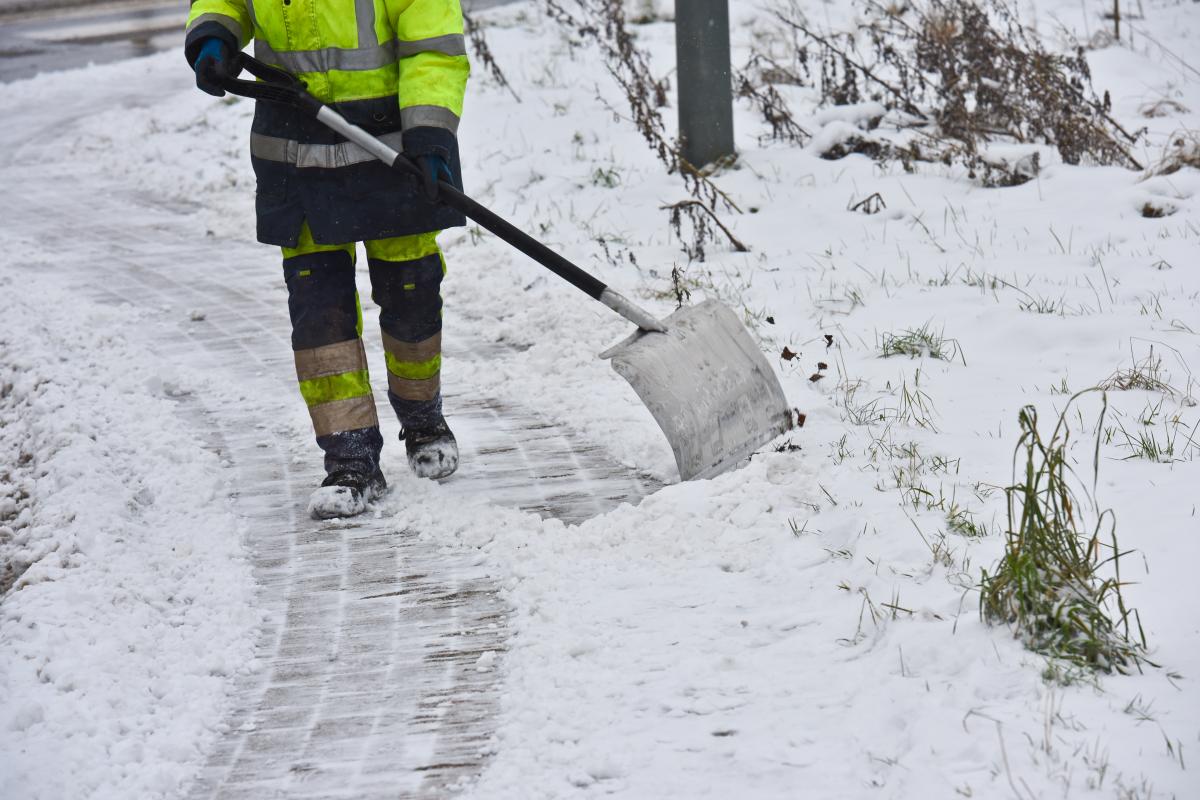Safeguarding Sidewalks: Navigating the Balance of Salt - Concrete Protection, Plant Preservation, and the Economics of Temperature-Effective Solutions.

As winter arrives the use of salt to combat ice and snow on sidewalks becomes a common practice. However, it's crucial to be aware of the potential damage salt can inflict, especially on newer features like the 5th Ave project, where concrete less than a year old is susceptible to harm.
Salt poses various threats, as it can lead to flaking of concrete, corrosion of metal, and even harm to plants. To mitigate these risks and contribute to a safer environment, consider the following tips:
Reduce and Choose Wisely:
- Despite conflicting information on the best de-icer, the consensus is clear: use less whenever possible.
- Opt for de-icers with salts other than sodium chloride (rock salt), such as calcium chloride, magnesium chloride, potassium chloride, or calcium magnesium acetate (CMA). While these options may be more expensive, they are gentler on plants and surroundings.
Preparation is Key:
- Before applying de-icer, remove as much snow as possible. This minimizes the amount of de-icer needed and enhances its effectiveness.
- Combine de-icer with materials like sand to provide additional traction and reduce the overall quantity of salt required.
Temperature Matters:
- Avoid applying ice melter at extremely cold temperatures. If the daily high isn't reaching +5°F, it's advisable to use sand and wait for warmer weather.
- Using de-icing materials in appropriate conditions ensures their efficacy and minimizes environmental impact.
Targeted Applications:
- Apply de-icer specifically to walkways, avoiding unnecessary contact with landscape beds, tree wells, or lawns.
- Be mindful of the flow of salt-laden runoff water, preventing it from draining into plant areas or tree wells.
By adopting these practices, you contribute to a safer winter environment while preserving the integrity of infrastructure and natural elements. Responsible salt use ensures a win-win scenario, where safety is maintained, and environmental impact is minimized.
For more information see the Salmon-Safe Information Comparison Info-Sheet.
